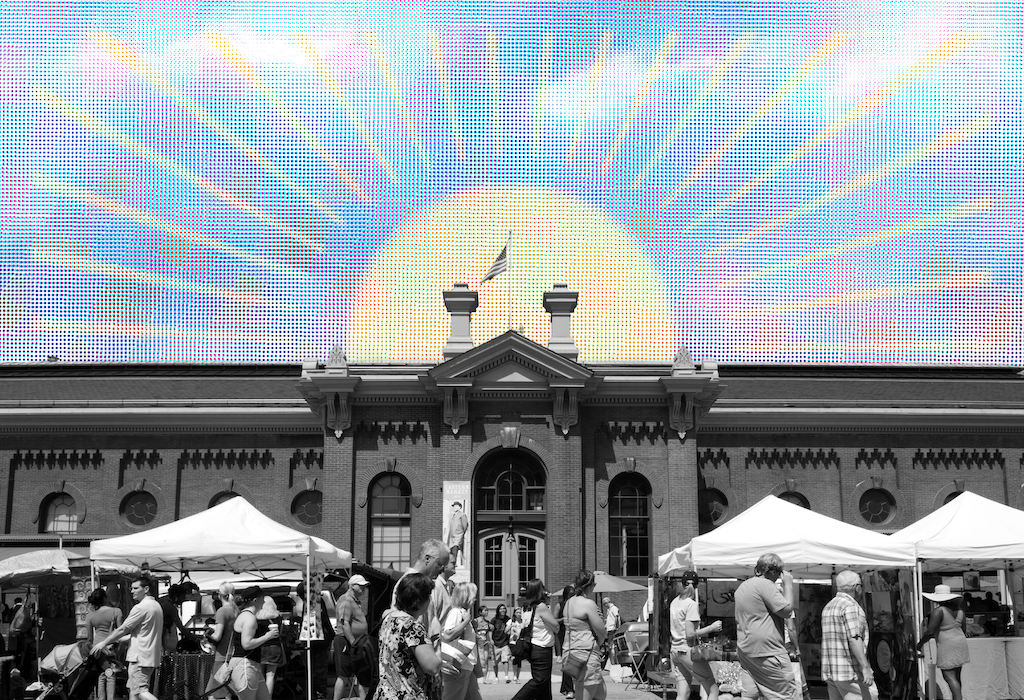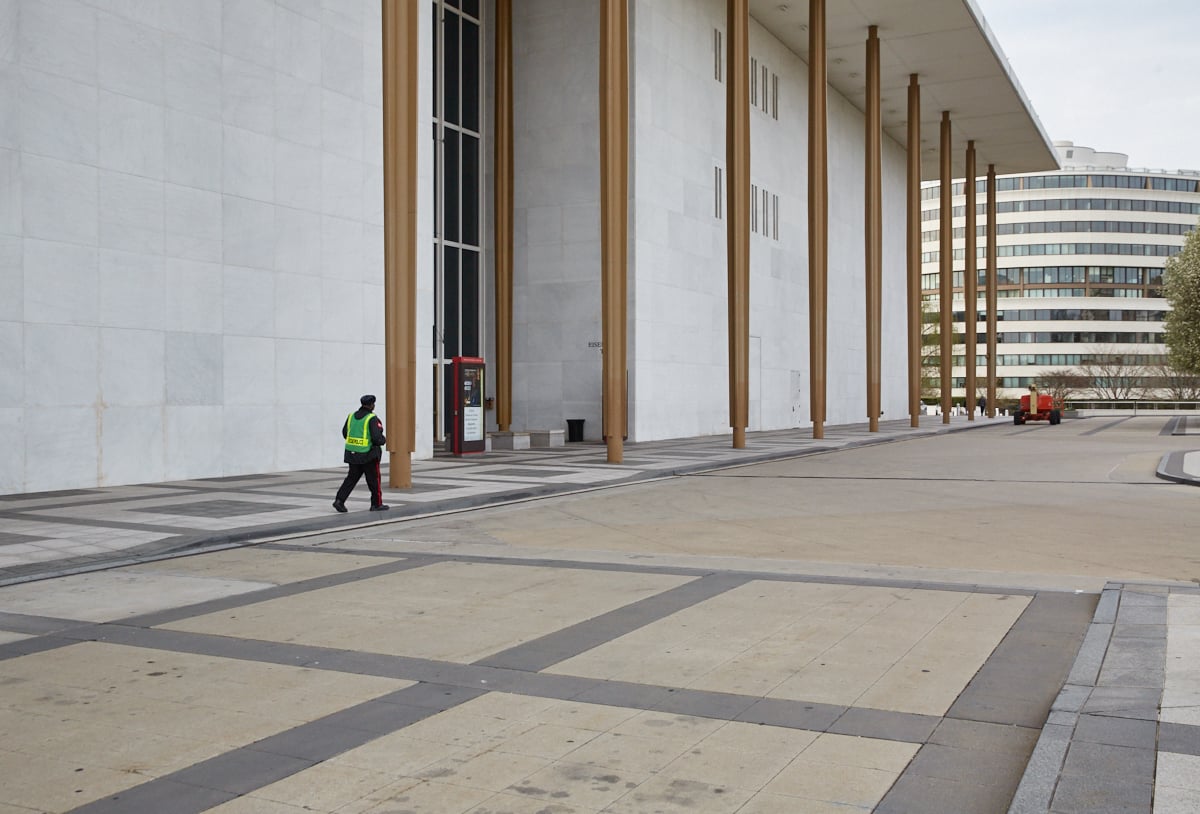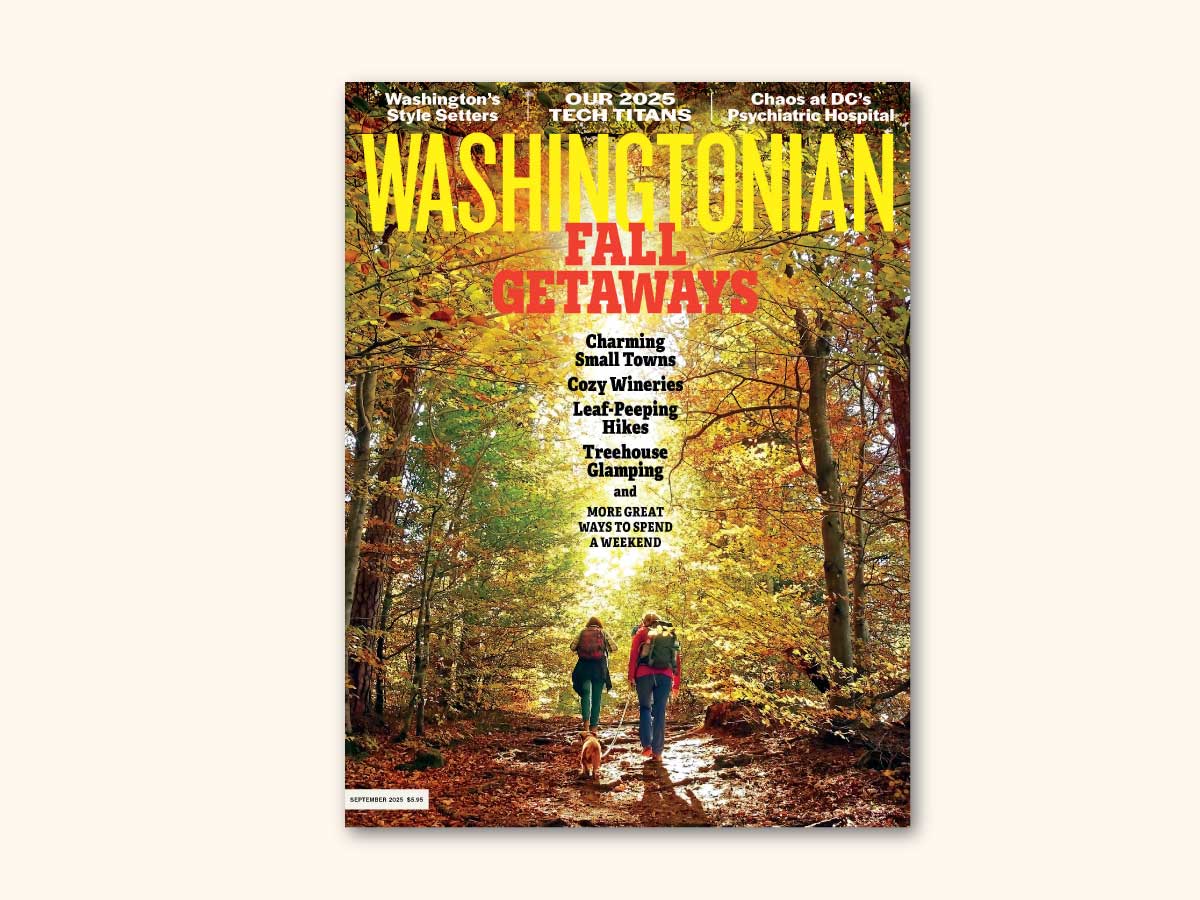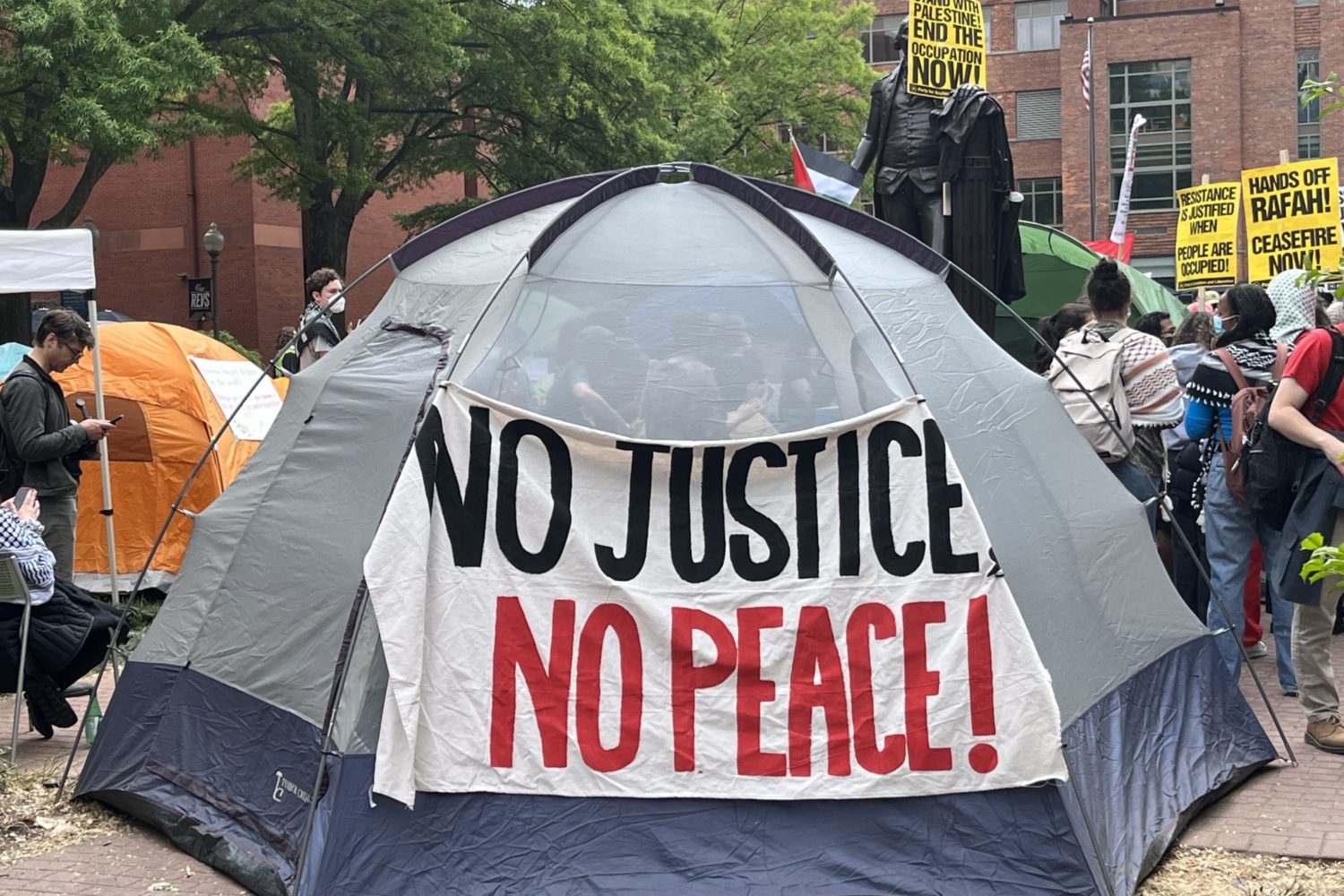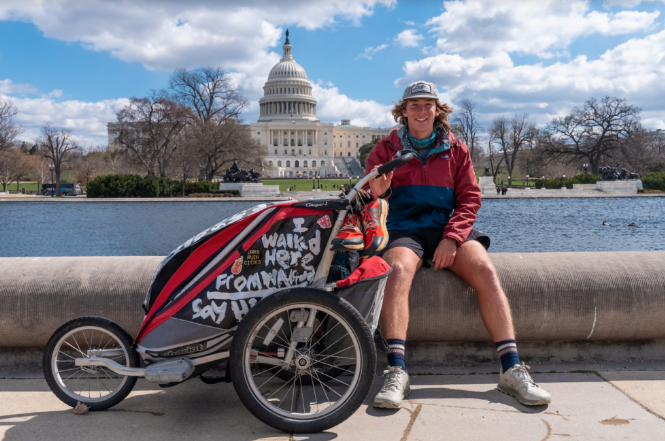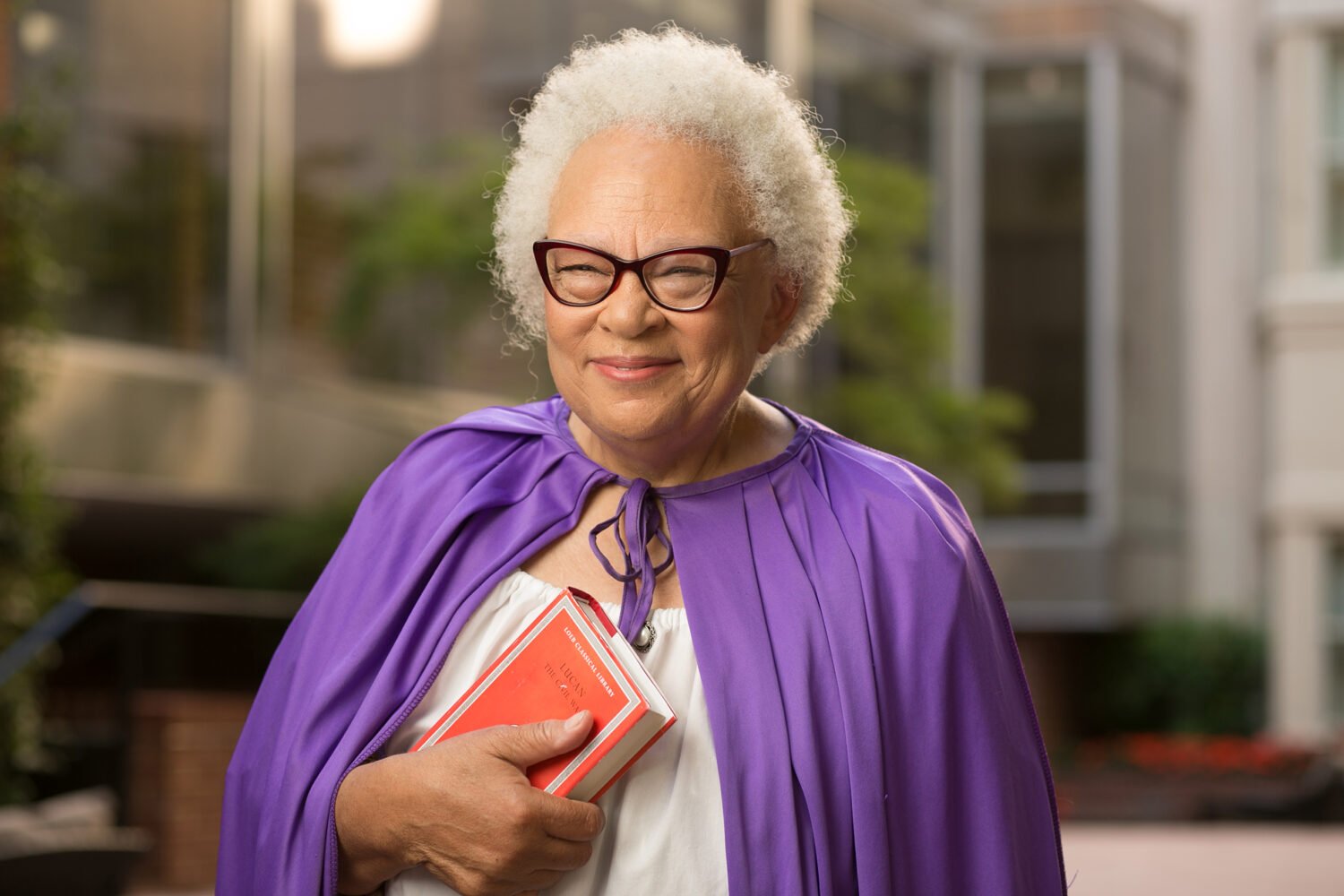Christopher Leinberger is a professor of real-estate and urban analysis at George Washington University and also a developer. But he isn’t “a real academic,” he says, and he finds the life of a developer boring. At heart, he’s a New Urbanist—a believer in “smart growth” as the cure for America’s sprawl.
As he lays out charts of price-per-square-foot research findings and reminisces about his Philadelphia childhood, it becomes clear Leinberger is an idealist when it comes to cities. These days, he’s also considered an authority on our area’s retail and real-estate scenes. We talked to him about what makes Washington a good model for where cities are going.
You’re on record saying that middle-market malls are the walking dead. But what about the stores that populate our downtown streets? As internet commerce decimates brick-and-mortar, is there going to be enough retail to furnish the streetscape?
Retail is always being reinvented. The next wave that’s fundamentally changing retail is the experience economy. The obvious example is restaurants. When you look at these walkable urban places that are the fastest-growing segment of the real-estate market, the foundation is restaurants. The renaissance of restaurants in the last 20 years is all because of walkable urbanism.
Or the other way around.
Well, right. Proving causality is tough. Let’s just say we have a high correlation between restaurants and walkable environments.
But there’s another example of experience retail, which is the Apple Store. Steve Jobs completely rebooted retail—he turned clerks into computer consultants. Apple’s stores are doing $7,000 per square foot in sales and higher, compared to department stores that do $300 a square foot, grocery stores at $800—a Whole Foods might achieve $1,000. That’s a different game.
So is every block going to have an experience store? An Apple outlet and a Warby Parker?
Hopefully, it will include some mom-and-pops. That’s everyone’s concern. It’s my sense that we lost a couple of generations of retailers. When I was growing up, nobody wanted to be a retailer. The chains were taking over, and nobody aspired to run a franchise. That’s changing. People are designing stores around experiences. Look at Proper Topper on Connecticut Avenue. My sense is that kind of independent store will survive.
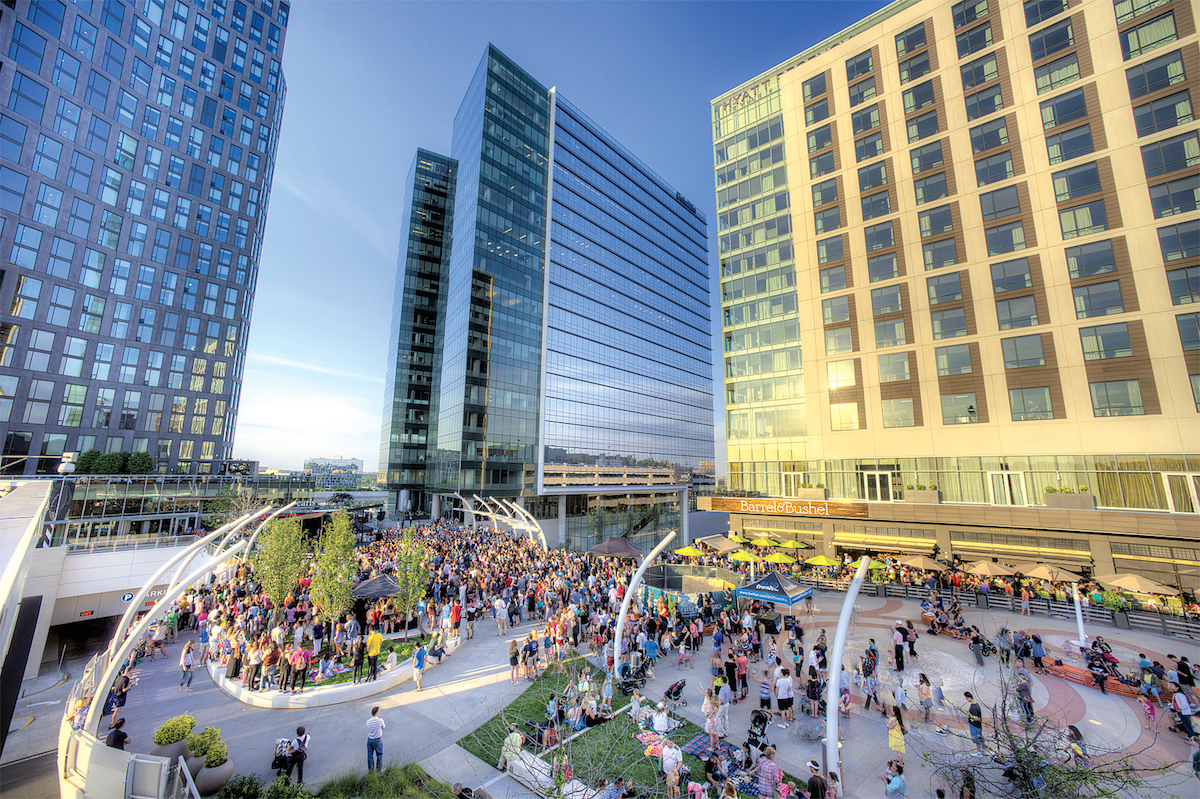
I was surprised to see stores closing recently in suburban town centers like Annapolis and Rockville Town Square—places with huge apartment buildings set down in a walkable mall. They have a lot of draws—an upscale grocery, a good wine store—but it’s a sterile environment, and I wonder if that makes it a challenge for retailers.
Right, they haven’t quite figured it out. It’s called “catalytic development,” meaning trying to push fast-forward to make those kind of places happen. The market shows there’s a huge, pent-up demand for walkable urban stuff, but it’s a more complex and far riskier thing to do.
If it’s so desirable, why is it risky?
It has a lot more moving parts. You have to bring together the retail, mixed with high-density housing, all in a tight geography—walkable really means 1,500 to 2,000 feet. The old suburban model is that you go out to a farm on the edge, buy it, rezone it, build it out as a subdivision or mall. Now you’re asking people to figure out how to make a downtown, how to make Reston Town Center. Most developers don’t have much experience at it. It’s much easier to get there with incremental development, which is what we’re seeing in downtown DC.
Yet you’ve said DC is a model for this new walkable solution. Why is it a model?
We’re furthest along in the transition from drivable suburban to walkable urban. Washington in the late 20th century was like any Sun Belt town. It was developed just like Atlanta, just like Dallas, just like Phoenix—low-density, suburban, master-plan communities all out on the fringe. But it’s now moving toward the walkable urban future faster than any Boston, Seattle, or New York.
Why?
Ours is the most highly educated workforce in the US by far—53 percent of those over 25 have their college degree. Education correlates highest with the creative economy.
Creative-economy workers just have an affinity for walkability?
They want to be around other creative-class types. The creative economy works best when you’re bumping into each other on the street, not driving past each other at 80 miles an hour, giving each other the finger. Deals don’t happen that way. Another reason we’re moving so quickly to a walkable future is that 50 percent of our urbanizing real estate is in the suburbs—Arlington, Reston Town Center, Bethesda, Rockville Town Square, Silver Spring.
Tysons?
Tysons is possibly the largest suburban agglomeration in the world—48 million square feet of unmitigated traffic hell. But it’s trying to convert itself into a walkable urban place. This is part of the learning curve. You’ve got these eight-lane roads, which, if you’d do it again, would be four lanes. Do you want to stand up in front of the Fairfax County board and say you’re going to turn Route 7 into a four-lane road?
That’s the thing—these urbanizing environments just aren’t very congenial.
They will be. The best model is Arlington. It was just like Tysons 25 years ago—only failing, because Sears was moving out, the car dealers were moving out. The mall at Ballston was failing. They reinvented themselves as walkable urban. What gets politicians’ attention is that the walkable urban areas represent just 10 percent of Arlington’s land but 55 percent of the tax base, but that 10 percent sends one-eighth as many kids to public schools as Arlington’s single-family housing. Their public schools have this incredible funding source.
Is that because only millennials and seniors live there? Why is everyone in the middle staying in traditional suburbs?
Because we have so little supply of this stuff. In Washington, we have a tale of three housing markets. Walkable urban starts at $400 a square foot and goes up to $1,400 a square foot. The high-end suburban goes for between $200 and $300 a square foot—a quantum step down. If you have a 10,000-square-foot home in Potomac, good luck selling it. We just flooded the market with upper-middle-class housing—McMansions and mansions. Then you have Prince William County and Prince George’s County—the “drive until you qualify” places. They sell for $100 to $175 per square foot. They’re still having foreclosure problems, even today.
So you’re saying someone living in McLean can’t afford a walkable urban space?
Not if they’ve gotten used to living in 5,000 square feet. Let’s say someone lives in a 5,000-square-foot, million-dollar home in McLean. To move to Tysons or Clarendon, they’d have to move to a 1,000-square-foot home.
But to many, isn’t a single-family house just their idea of home?
Oh, there are a whole lot of folks who will live in drivable suburbia forever. It satisfies a market segment, but we’ve overbuilt it. That’s why you have $200-per-square-foot homes in Potomac and $100-per-square-foot homes in Prince George’s. It’s one of the reasons the economy is bumping along at 2 percent, when everybody wants us to be at 4 percent. The real-estate industry hasn’t figured out that the market wants something different.
So we have to make the change happen.
It’s not a big deal. Two percent of our land is already walkable urban. We need to get to 3 to 4 percent. That will take the price pressure off. We’re not asking all of Fairfax County to urbanize.
If the market is there, why isn’t it happening faster?
We have a shortage of walkable urban land because we’ve made it illegal to build.
Because the zoning isn’t there.
It’s a thousand things. It’s the zoning. It’s the fire marshals who say the streets aren’t wide enough so they can make a U-turn with their hook-and-ladder trucks. It’s the schools, which say they must have a minimum 20-acre campus so they can park all the school buses, because everyone has to be driven here. I’ve led 17 projects in my development career. All 17 are walkable urban projects. All 17 were illegal when I proposed them. The one that’s coming out of the ground in suburban Philadelphia right now took 11 years and two trips to the Pennsylvania Supreme Court to get the zoning.
Let me go back to retail and your distinction between catalytic versus incremental. Will these made-up downtowns eventually become organic to the neighborhood? Right now, if you build an upscale development around a Whole Foods, substituting a Giant or Safeway isn’t going to cut it.
There’s a new level of governance in our society. At Union Market, Jodie McLean of the developer Edens is working with Rich Bradley, former* executive director of the Downtown DC Business Improvement District, to put in place a BID that will manage Union Market. She wants it to be a funky, weird, creative-class kind of place. I think she’s going to pull it off. Is it going to have a degree of sterility to it? Rome wasn’t built in a day. Great urban places evolve over generations. There are a lot of things that come and go, work for five or ten years and die and get repurposed. That complexity takes time.
It seems they also learn from each other. I feel like Ivy City, not far away, has more of a natural city feel already.
But that’s one guy. Doug Jemal has engaged in some of the most mad investments, and they’re paying off. Sometimes a developer comes along with a maniacal focus on creating something really special. And he structured it properly financially.
It helps if you don’t have a bank or Wall Street telling you, “Hey, it’s been 15 seconds—where’s my return?”
Or if you buy a vacant Wonder Bread factory for nothing, like Jemal did.
Right, but who does that?
*Correction: The original version of this article incorrectly identified Richard Bradley as the executive director of the DowntownDC Business Improvement District. He is the former executive director. Neil Albert has served as the executive director since September 2015.
This article appears in the July 2017 issue of Washingtonian.




